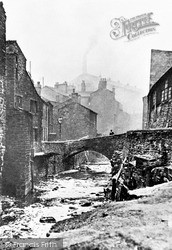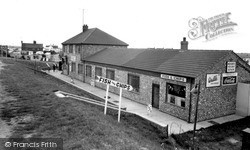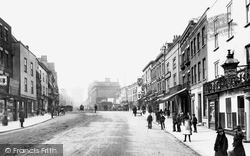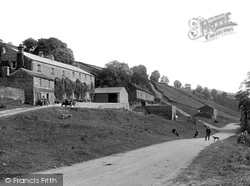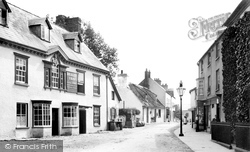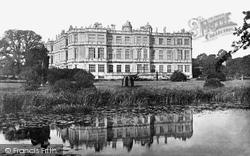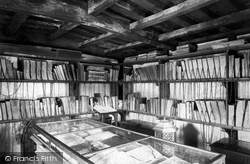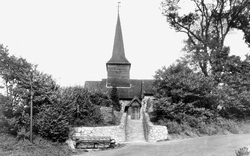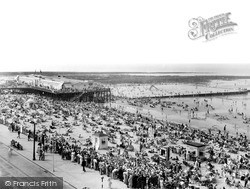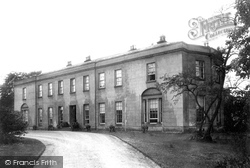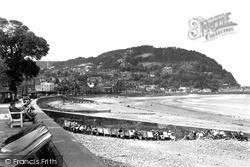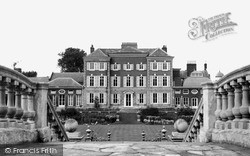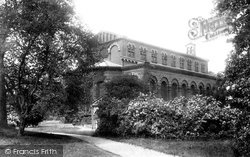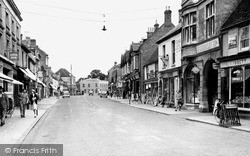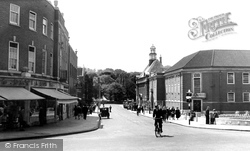Captions
141 captions found. Showing results 121 to 140.
This was once part of a quiet residential area, with orchards and gardens.
Ingoldmells has had millions of pounds spent on its redevelopment, and more is promised for the future.
These views show the town from the 1890s to the 1960s; they record both the many changes that have taken place and also, paradoxically, how much of the old town survives.
The Old Gang Mine, one of the oldest workings, is a few miles from here, and would have brought the miners to the warmth of the Punch Bowl Inn, which was built in 1638.
At number 68, on the extreme left, Grimmond's Bakery and teashop is now visible, but Luxford's has become Eastman's the butchers, losing the lovely stained glass decoration from its plain frontage.
Farther along are more barrels and boxes.
Ancestral home of the Marquesses of Bath, and sometimes described as the first true Renaissance house in England, Longleat was built by Sir John Thynne between 1547 and 1580.
Since 1958 when the first shops began opening, Basildon town centre has been the home for a whole host of differing consumer needs.
The library was founded after the Rev William Stone left his books to the Minster in 1686 and more were added in 1695.
Since 1958 when the first shops began opening, Basildon town centre has been the home for a whole host of differing consumer needs.
The timber is about 700 years old, and the bell turret rests on an arched frame of timber.
Communal action and a progressive Town Council aided development with the building of promenades, bandstands, concert halls and the provision of a good water supply and drainage.
CHELFORD is better known as a village that is passed through rather than a destination in itself for it stands on an important crossroads, where the route between Manchester and the Midlands crosses
park as something that would attract more visitors.
In 1635 the town archery butts stood at the eastern entrance to Twickenham in Richmond Road - a reminder of the need for a standing army in a constant state of readiness for war abroad.
This amazing independent brick building is staggering by its sheer size, scale and style.
The town, while remaining essentially small and with only a minimal growth in population, continued to spread eastwards.
The textile mills, forges and foundries, and the vast array of factories of all kinds that sprang up in the 1830s, attracted many people from the surrounding countryside, who exchanged the traditional
This was the harbinger of more to come, for highway considerations dominated town planning after the Second World War.
And fair enough - the road signs to Chelmsford do not shout 'Historic Cathedral City' - they say things like 'County town since 1250', or 'The birthplace of radio'.




